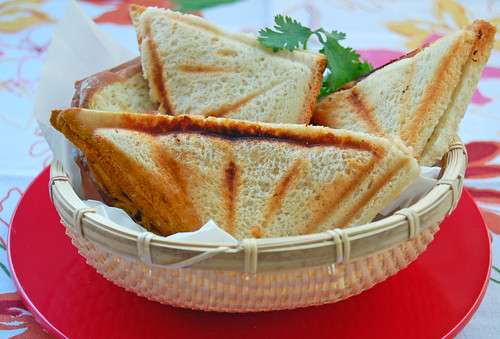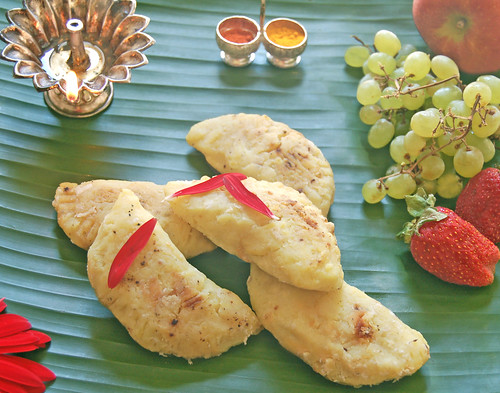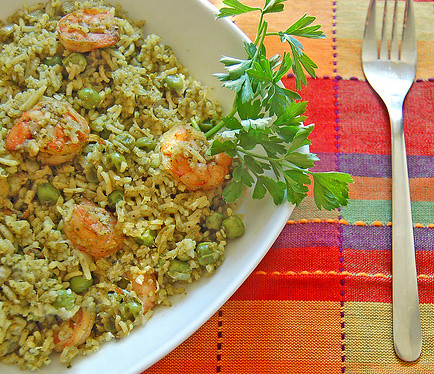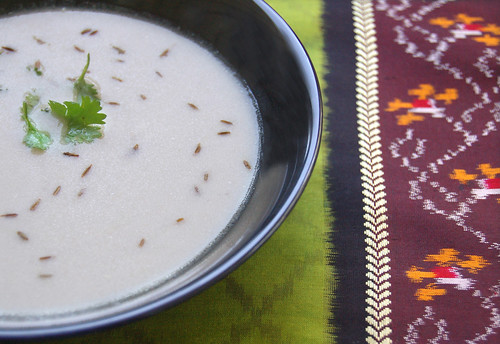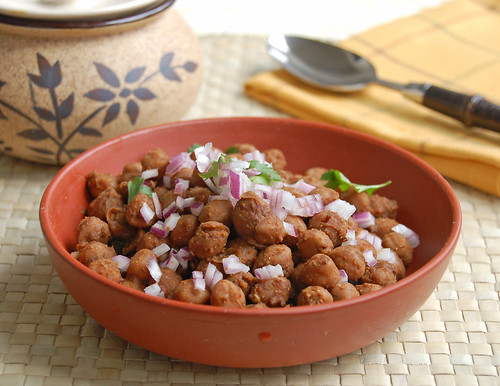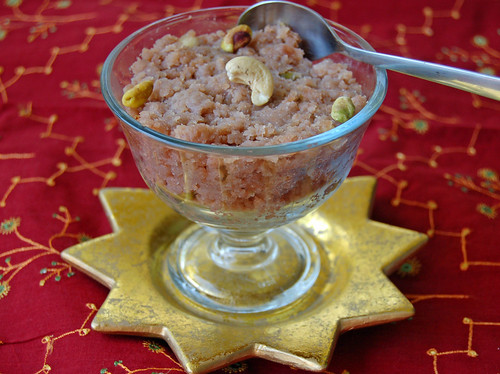Light Dinners - Sprouts Sandwiches
I haven't really tried a lot of Tarla Dalal's recipes for some reason, but this one sounded too good to pass up. Luckily my hunch was right - the sandwiches were just delicious. Maybe it was the onion sauteed in butter, or the pav bhaji masala but it all added up to something you'd eat at your favorite snack joint in India. Now if only I could get a Thums Up and the background score of a bustling Bombay on the side, I'd be right at home :-)
I am sure any masala can be used in place of the recommended pav bhaji, but it actually gives the filling that 'street snack' taste we love so much. I reduced the spices and tomatoes from the original recipe and added some alfalfa sprouts for a crunch.
The sandwiches will make a great kiddie treat, brunch or as they did for me, a light solo dinner when the other half is away.
GRILLED SPROUTS SANDWICHES
(makes 4)
For the sandwiches
8 bread slices
4 cheese slices
butter
cooking spray
For the filling
1 cup green gram sprouts (moong)
a handful of alfalfa sprouts, or your choice of mixed sprouts
2 small potatoes, boiled and mashed
1 onion, finely chopped
1/2 tsp ginger-garlic paste
1 tsp pav bhaji masala
1 tsp coriander-cumin (dhania-jeera) powder
1/2 tsp red chilli powder
a pinch of turmeric powder
1 medium size tomato, finely chopped
finely chopped cilantro
1-2 tablespoons butter
salt to taste
Cook the moong sprouts in enough water until tender.
Heat butter in a pan. Add onion and saute till it turns pink. Add the ginger-garlic paste and saute for another minute.
Add spices - pav bhaji, coriander-cumin powder, turmeric and red chilli. Add tomatoes and salt and cook till the mixture becomes thick.
Add the sprouts and potatoes and mix well. Sprinkle cilantro and keep aside.
Butter bread slices lightly. Spoon a little filling on one slice, top with cheese and make a sandwich with another slice.
Heat a sandwich grill. Grease with cooking spray or butter and grill sandwiches until well browned.
Serve immediately.
* Even if I had the sandwiches for dinner, they'd actually make a great weekend breakfast so I will send this off to Weekend Breakfast Blogging hosted by Pavani
* And the cheese makes it perfect for JFI - Milk hosted by Vineela this month.
Tags: mung moong sprouts indian snacks breakfast sandwich toast

